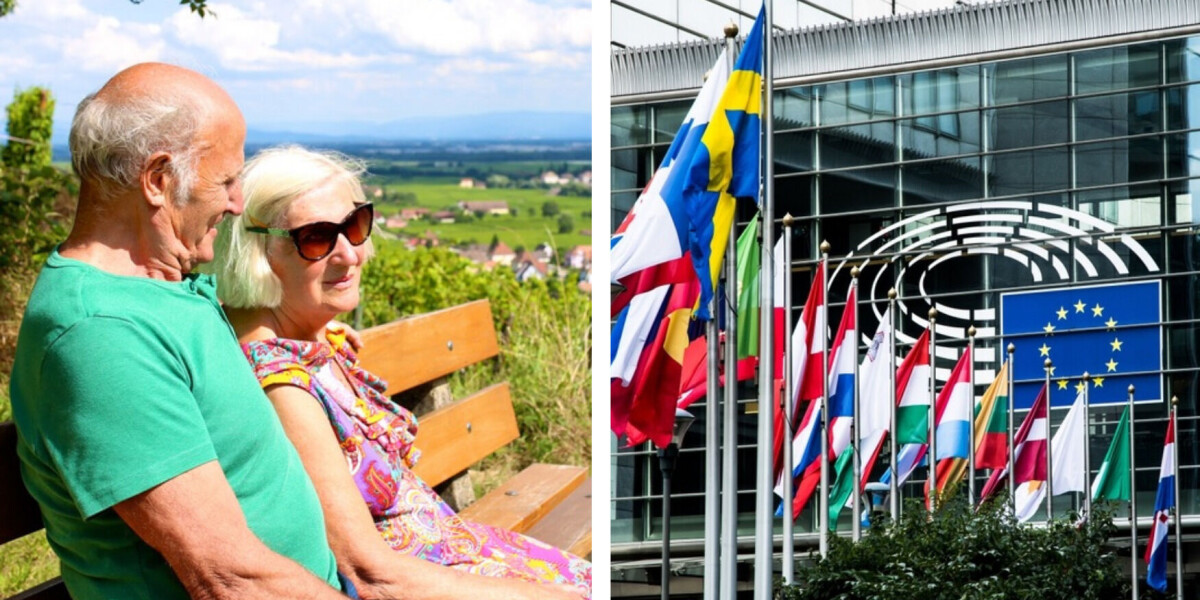
- Select a language for the TTS:
- UK English Female
- UK English Male
- US English Female
- US English Male
- Australian Female
- Australian Male
- Language selected: (auto detect) - EN
Play all audios:
Not for nothing is the eighteenth century Bohemian composer Gluck looked back on as a revolutionary figure. It was he who took baroque opera away from the florid style and superficial
effects that had been steadily developing, to create the more natural style of its origins, focusing on human drama and passions. He wanted the composer’s music to be the essence, and the
singers to perform their roles without going off on tangents. Gone was the _ da capo _ aria, and this opera in its original 1762 Italian version, performed in Vienna, started a process of
reform that had a significant influence on what came later. The story is simple. Eurydice has died and Orpheus travels to Hades to bring her back. The gods permit this, provided he never
turns to look at her on their journey out, nor explains why. But it is all too much for Eurydice, and after she falls in a deathly faint, he turns and she is lost. Gluck’s opera ends with an
apotheosis in which the character of Love brings Eurydice back to life. The 1762 version was modified for a Paris audience in 1774, a French libretto replaced the German one, and there are
other versions, notably the 1859 one by Berlioz, performed here on the 150 th anniversary of his death. In the original, Orpheus is a castrato, in the Paris revision a high tenor, and in
this version a mezzo, gloriously sung by Alice Coote, despite recovering from a vocal infection. Her performance of this principal role in the opera was sublime, heartfelt and determined. As
Eurydice, Sarah Tynan made a beautifully ethereal presence, singing with lovely clarity, and Soraya Mafi in her silver and black costume sang a powerful Love with excellent diction. The
costumes for the three principals were essentially black, white and silver, marking them off from the fourteen dancers representing furies and shades, mostly in very bright colours, while
the excellent chorus sang from off-stage in the orchestra pit. This is a Wayne McGregor production, and those who have seen his choreography at the Royal Ballet will know the general style.
McGregor is a man who designs movement with unusual lighting effects to fit the music, and the lighting was extraordinary. A background of fuzzy, shifting black and white shapes occasionally
allowed pink to partly take over, and more than once the dancers themselves turned blue. Not a hint of that colour on the costumes, so it looked as if their skin had turned entirely blue.
If this sounds distracting, the music gives ample space for colourful choreography, but tranquillity descends in the later duets between Orpheus and Eurydice, and the bright colours vanish.
If this production manages to bring in McGregor fans familiar with his choreography, then they will have plenty to enjoy, as well as appreciating some sublime music and singing, boldly and
sensitively conducted by Harry Bicket. Even those disinclined to the choreography will admit that Jon Clark’s lighting design and Louise Gray’s costumes are extraordinary. A striking start
to the ENO’s new season, which commences with four takes on the Orpheus myth. Until November 19 — details here .






![[withdrawn] traffic commissioners: operating centres, stable establishments and addresses for service, january 2017](https://www.gov.uk/assets/static/govuk-opengraph-image-03837e1cec82f217cf32514635a13c879b8c400ae3b1c207c5744411658c7635.png)